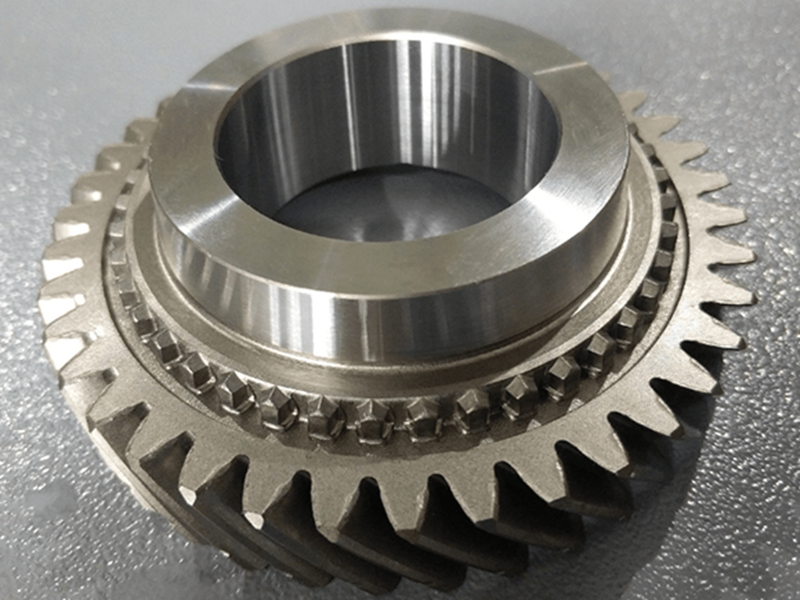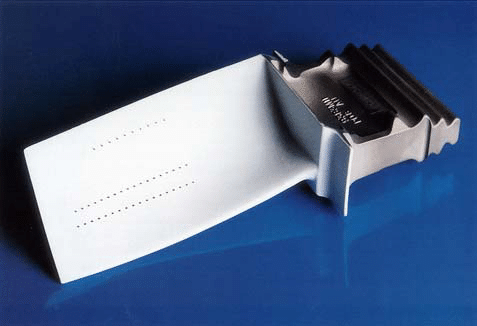Keep Better Material Stability of 3D Printed Parts: Heat Treatment Process
3D printing has unlocked new possibilities for producing complex and custom-designed parts. However, 3D printed parts, especially those made of metal and polymer materials, often face challenges with material stability due to residual stresses and uneven cooling rates during the printing process. These issues can lead to warping, cracking, and poor mechanical properties. Heat treatment processes play a crucial role in improving the material stability of 3D printed parts. In this blog, we’ll explore how heat treatment enhances material stability, increases the longevity of parts, and ensures high-quality, reliable components for various industries.
What is Heat Treatment in 3D Printing?
Heat treatment in 3D printing refers to a series of post-processing techniques where a printed part is subjected to controlled heating and cooling cycles. These processes modify the material's physical properties to relieve stresses, improve microstructure, and enhance overall material stability. Heat treatment is especially beneficial for parts produced through metal additive manufacturing methods like Direct Metal Laser Sintering (DMLS) and Selective Laser Sintering (SLS).
Heat treatment aims to improve the material’s strength, ductility, fatigue resistance, and dimensional stability, all of which are crucial for parts exposed to demanding operational environments.
How Heat Treatment Improves Material Stability
1. Reducing Residual Stresses
One of the main issues with 3D printed parts is the development of residual stresses due to uneven cooling rates. As material layers are deposited, they cool at different rates, leading to thermal expansion and contraction that induces internal stresses. These stresses can cause the part to warp or crack, reducing its overall stability.
Heat treatment, particularly stress-relief annealing, helps to reduce these residual stresses. The internal stresses are minimized by heating the part to a specific temperature just below its melting point and allowing it to cool slowly. This results in improved dimensional stability and prevents deformation during subsequent handling or use, ensuring that the part maintains its intended shape.
2. Improving Microstructure and Uniformity
The microstructure of 3D printed materials is often less uniform than conventionally manufactured parts. This is due to the rapid solidification process during printing, which can lead to inconsistencies in the material’s grain structure. Heat treatment processes like solution annealing and age hardening can refine the microstructure, promoting a more uniform and stable material.
For example, in materials like Inconel 718 or titanium alloys, heat treatment helps form a more uniform grain structure, which enhances the part's overall stability and mechanical properties. This is especially important for parts requiring high strength and thermal cycling resistance, such as aerospace components.
3. Increasing Fatigue Resistance
Parts exposed to cyclic loading or repeated stress, such as those in automotive or aerospace applications, need high fatigue resistance. 3D printed parts often have reduced fatigue strength due to internal voids or weak spots in the material. Heat treatment improves the material’s resistance to fatigue by promoting a more homogeneous microstructure and reducing defects like porosity.
For instance, age hardening (also known as precipitation hardening) helps to increase the material’s strength by precipitating small particles within the matrix, which obstructs dislocation movement and increases the overall durability of the part. This process is commonly used in metal alloys like titanium and stainless steel.
4. Improving Wear Resistance
3D printed parts, especially those exposed to friction or abrasive conditions, often suffer from wear and surface degradation. Heat treatment processes such as quenching and tempering increase the hardness of the material’s surface, making it more wear-resistant.
In the quenching process, the part is heated to a high temperature and rapidly cooled in a fluid like oil or water. This process hardens the part's surface, making it more resistant to surface wear and tear. Afterward, the part is tempered to balance the increased hardness with improved toughness, preventing brittleness.
5. Improving Overall Durability and Performance
Heat treatment enhances the durability of 3D printed parts by modifying their mechanical properties. The treatment increases material strength, hardness, and toughness, making the parts better suited for demanding applications. Additionally, heat-treated parts are more resistant to corrosion, wear, and fatigue, ensuring their longevity in high-stress environments.
This is particularly important for aerospace, medical, and automotive industries, where parts need to withstand extreme conditions without failure. Heat treatment guarantees that the 3D printed components will perform better and maintain their integrity over time.
Heat Treatment Process | Effect on Material Stability | Common Applications |
|---|---|---|
Stress-Relief Annealing | Reduces internal stresses and prevents warping | Aerospace, automotive, medical devices |
Solution Annealing | Enhances uniformity and fatigue resistance | Aerospace, medical implants, marine parts |
Age Hardening | Increases strength and fatigue resistance | Aerospace, turbine blades, high-performance components |
Quenching | Improves surface hardness and wear resistance | Engine components, gears, aerospace |
Tempering | Balances hardness and ductility, improves toughness | Automotive parts, medical devices, industrial tools |
Applications of Heat-Treated 3D Printed Parts
Aerospace: Heat-treated 3D printed parts such as turbine blades, structural components, and exhaust systems require high wear and fatigue resistance. Heat treatment processes like quenching, tempering, and age hardening ensure these parts can perform reliably under extreme conditions.
Medical Devices: Surgical instruments, implants, and prosthetics often undergo heat treatment to improve mechanical strength, wear resistance, and fatigue strength, ensuring their longevity and safety in the human body.
Automotive: High-performance automotive parts like gears, brake components, and engine components benefit from heat treatment, as it enhances their wear resistance, toughness, and overall longevity under stress.
Tooling and Molds: Heat-treated 3D printed molds and tooling provide increased wear resistance and durability, allowing them to handle high-volume production processes without degradation.
Conclusion
Heat treatment is an essential post-processing step in 3D printing that helps keep material stability by releasing internal stresses, enhancing microstructure, and improving wear and fatigue resistance. By refining the material properties, heat treatment ensures that 3D printed parts can withstand demanding environments and perform reliably over time. The combination of additive manufacturing and heat treatment ensures that parts meet the highest standards of performance and longevity across industries like aerospace, automotive, and medical devices.
FAQs
How does heat treatment improve material stability in 3D printed parts?
What heat treatment processes are most effective for relieving stresses in 3D printed metals?
How does heat treatment enhance wear resistance in 3D printed components?
What industries benefit the most from heat-treated 3D printed parts?
How does heat treatment affect the dimensional stability of 3D printed parts?



